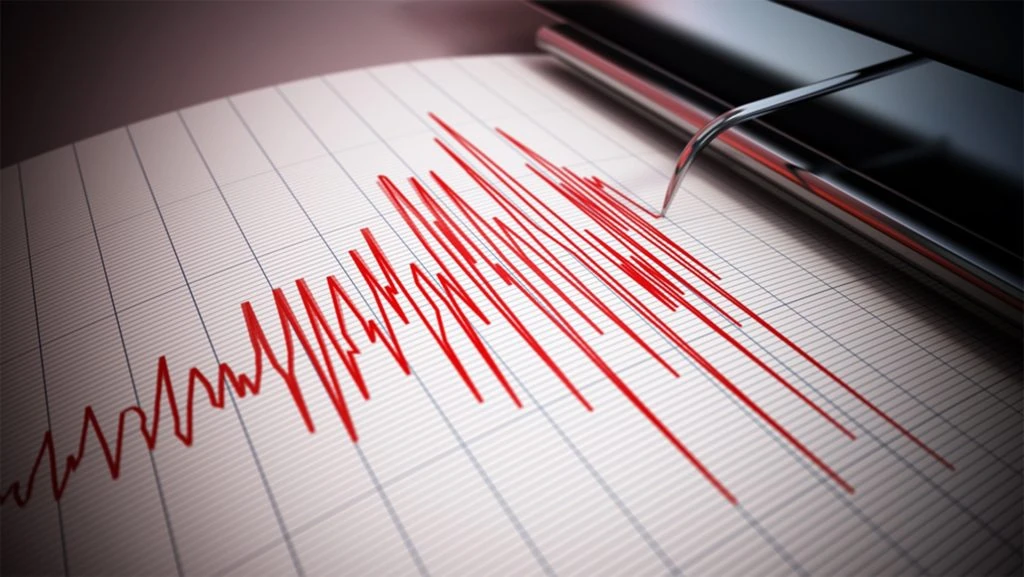Researchers at Los Alamos National Laboratory use machine learning to detect the hidden signals that precede an earthquake.
The experts fed the AI algorithm with data from the Kīlauea volcano in Hawaii and trained it accordingly. This was between June 1 and August 2, 2018 was active. During this time, it caused around 50 earthquakes, which were recorded by the Hawaiian Volcano Observatory, which is operated by the U.S. Geological Survey.
Around 50 quakes analyzed
The researchers focused on 30-second windows of seismic data from around 50 earthquakes. Their model identified a kind of fingerprint, a hidden signal that preceded each earth tremor caused by the volcanic eruption. During this time, they also recorded millimeter-scale displacements of the ground using global navigation satellite systems.
The machine learning model then analyzed this data, processed the seismic signals and successfully estimated the ground displacement and the time until the next earthquake. When tectonic plates press against each other, they generate weak vibrations in the ground, known as continuous acoustic or seismic emissions. These signals have a waveform, but were previously thought to be noise, i.e. random data with no information.
For many endangered areas
The researchers at Los Alamos have discovered that these waveforms are rich in data and can be used to determine physical properties of a fault such as displacement, friction and thickness and thus detect precursors of earthquakes.
“By looking at these continuous signals, we can extract information that tells us where the fault is, the cause of an earthquake. We look at how the noise evolves, and that gives us details about the current state and location of the faults,” says research leader Christopher Johnson. The signals are generally typical, so they can be used to predict earthquakes anywhere on Earth.
(ds/press release)





